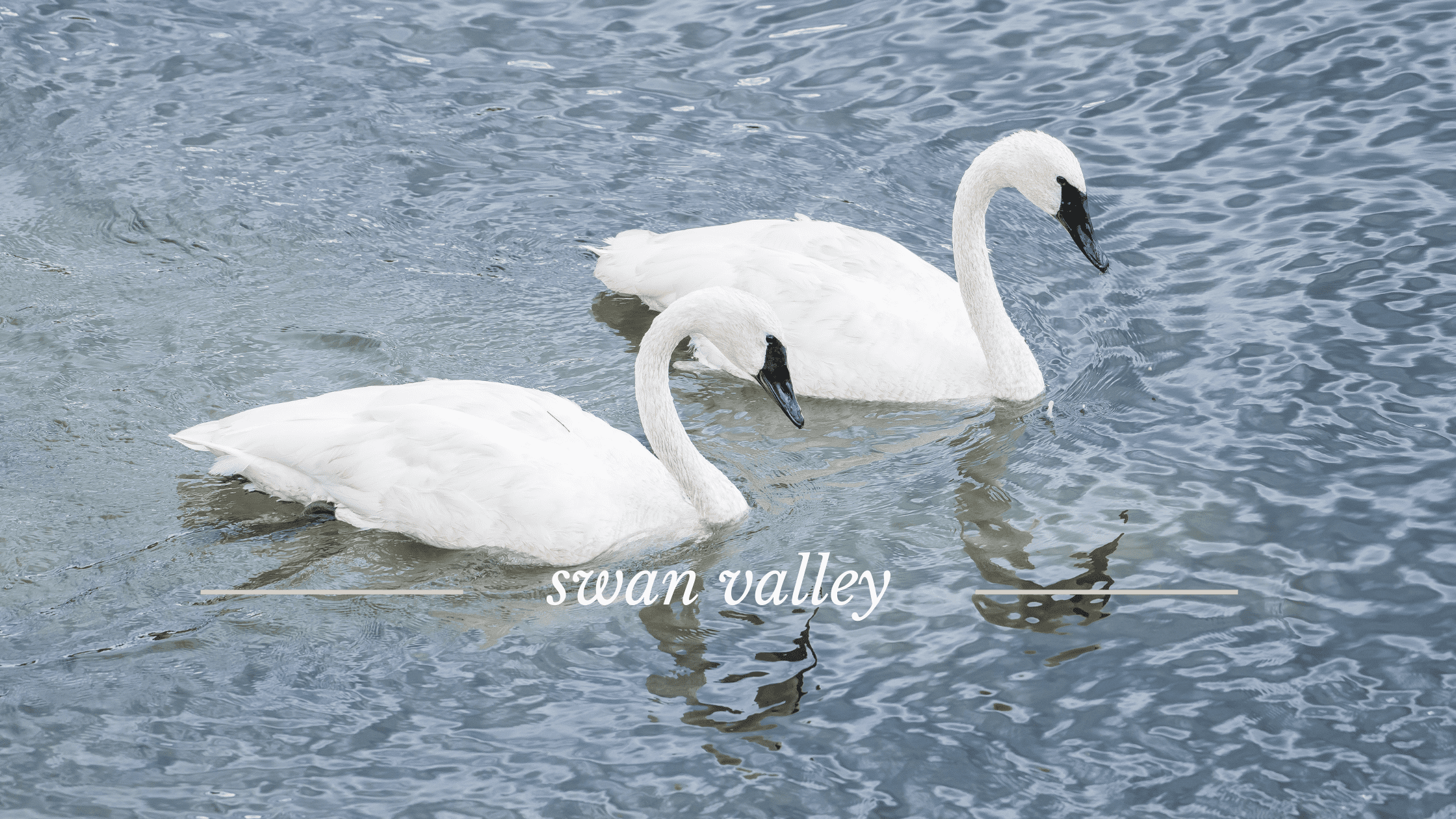Nestled amidst the rugged beauty of this diverse state lies a gem- Swan Valley, Idaho. But have you ever stopped to wonder why it’s called Swan Valley? What secrets lie within its name, and what tales do its history whisper to those willing to listen? Join us as we embark on a journey through time and uncover the enigmatic origins of Swan Valley.
To understand the name, we must delve into the rich tapestry of Idaho’s history. According to the Museum of Idaho’s archives, many Idaho city names have intriguing origins, often rooted in the landscape or the region’s cultural heritage. Swan Valley is no exception.
Legend has it that the valley earned its name from the majestic swans that once graced its waters. These graceful birds, with their snow-white plumage and elegant necks, were a common sight along the Snake River, which meanders through the heart of Swan Valley. Their presence filled the area with a sense of tranquility and beauty, inspiring early settlers to christen it Swan Valley in their honor.
But there’s more to Swan Valley’s history than meets the eye. The valley has been a crossroads for various cultures and civilizations for centuries. Native American tribes, such as the Shoshone and Bannock, traversed these lands long before European settlers arrived. The valley held spiritual significance for them, offering abundant resources and fertile hunting grounds.
As pioneers began to stake their claim in the American West, Swan Valley emerged as a vital hub for trade and commerce. The Snake River was a lifeline, facilitating transportation and connecting distant communities. Trappers, traders, and explorers ventured into the valley, drawn by the promise of adventure and opportunity.
One of the defining moments in Swan Valley’s history occurred during the Lewis and Clark Expedition of 1804-1806. Meriwether Lewis and William Clark, leading a corps of intrepid explorers, embarked on a daring journey to map the uncharted territories of the American West. Their expedition took them through Swan Valley, where they marveled at its natural beauty and encountered indigenous peoples who shared their knowledge of the land.
The arrival of settlers in the mid-19th century heralded a new era for Swan Valley. Homesteaders carved out a living from the land, cultivating crops and raising livestock amidst the stunning backdrop of the Teton Range. Small communities sprang up along the riverbanks, fostering a sense of camaraderie and resilience among the inhabitants.
Swan Valley’s fortunes ebbed and flowed with the tides of history. The construction of dams along the Snake River brought electricity and irrigation to the region, transforming it into an agricultural powerhouse. But progress came at a cost, as the once-pristine wilderness faced environmental challenges and encroaching development.
Today, Swan Valley is a testament to its people’s enduring spirit and the Idaho wilderness’s timeless allure. Visitors flock to its scenic vistas and abundant recreational opportunities, from fishing and boating on the Snake River to hiking in the surrounding mountains. The valley remains a haven for nature lovers and outdoor enthusiasts, offering solace and sanctuary amidst the hustle and bustle of modern life.
As we reflect on Swan Valley’s past, let us pay homage to the trumpeter swans that once graced its waters and the pioneers who forged a path through the wilderness. Their legacy lives on in the name etched upon the landscape, a reminder of the enduring bond between humanity and the natural world.
Discover Swan Valley Idaho – Stay at River Retreat Lodge.
3 Fun Facts About Trumpeter Swans:
- Trumpeter Swans hold cultural significance for many indigenous communities across North America. They are revered as symbols of grace, beauty, and spiritual significance in various Native American traditions and folklore.
- Trumpeter swans are named for their loud, trumpet-like calls, which can be heard over long distances. Their calls are often described as deep, resonant honks or bugle-like sounds, and they play a significant role in communication within their flocks.
- Trumpeter Swans are known for their strong family bonds. Mated pairs typically form long-lasting relationships and often stay together for life. During the breeding season, they build large nests near bodies of water and raise their cygnets (young swans) together, with both parents actively involved in caring for and protecting their offspring.

